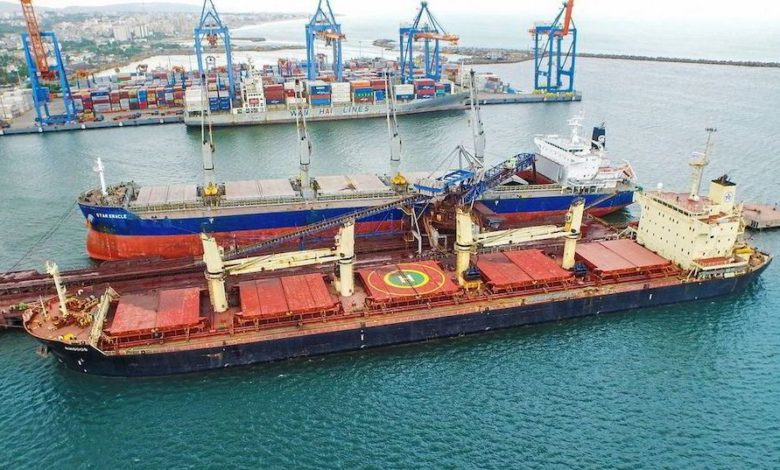India makes vintage ship ban official

As widely telegraphed last month, India has officially banned bulkers and tankers aged 25 or above from entering its waters.
The new rules are for for Indian-registered ships while also applying to foreign vessels discharging in India. The government has given existing vessels affected by the new cap three more years’ sailing time, regardless of their current age.
“There is a need to modernise the Indian fleet, which requires extensive review of the requirements of the registration and operation of the ships,” the Directorate General Of Shipping said, adding: “Age norms will assist in ensuring gradual phasing out of fossil fuel ships and ushering in of alternate/low carbon energy efficient ships.”
The government move is also designed to bolster the country’s shipbuilders, something the Narendra Modi administration has been very vocal about improving in recent years.
MarineTraffic data shows that 3,802 tankers and bulkers built prior to 1998 arrived in India in 2022.
According to Xclusiv Shipbrokers, India is responsible for 17% of the world seaborne iron ore trade, 19% of the world’s seaborne coal trade and 2% of the world’s seaborne grain trade. On the wet market, India is responsible for 12% of the world’s seaborne crude oil trade and 7% of the world’s seaborne oil product trade.
“Although operators of older vessels only face losing access to one country, India’s growth is only set to make this restriction more significant as time goes by,” a recent report from Allied Shipbroking suggested.
